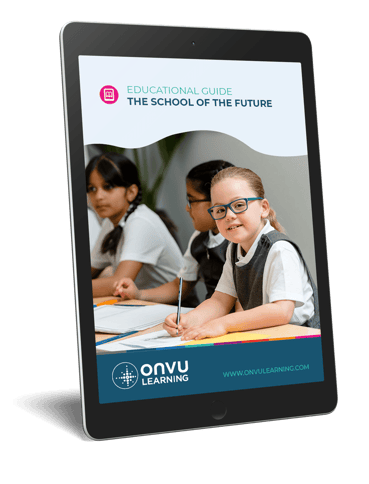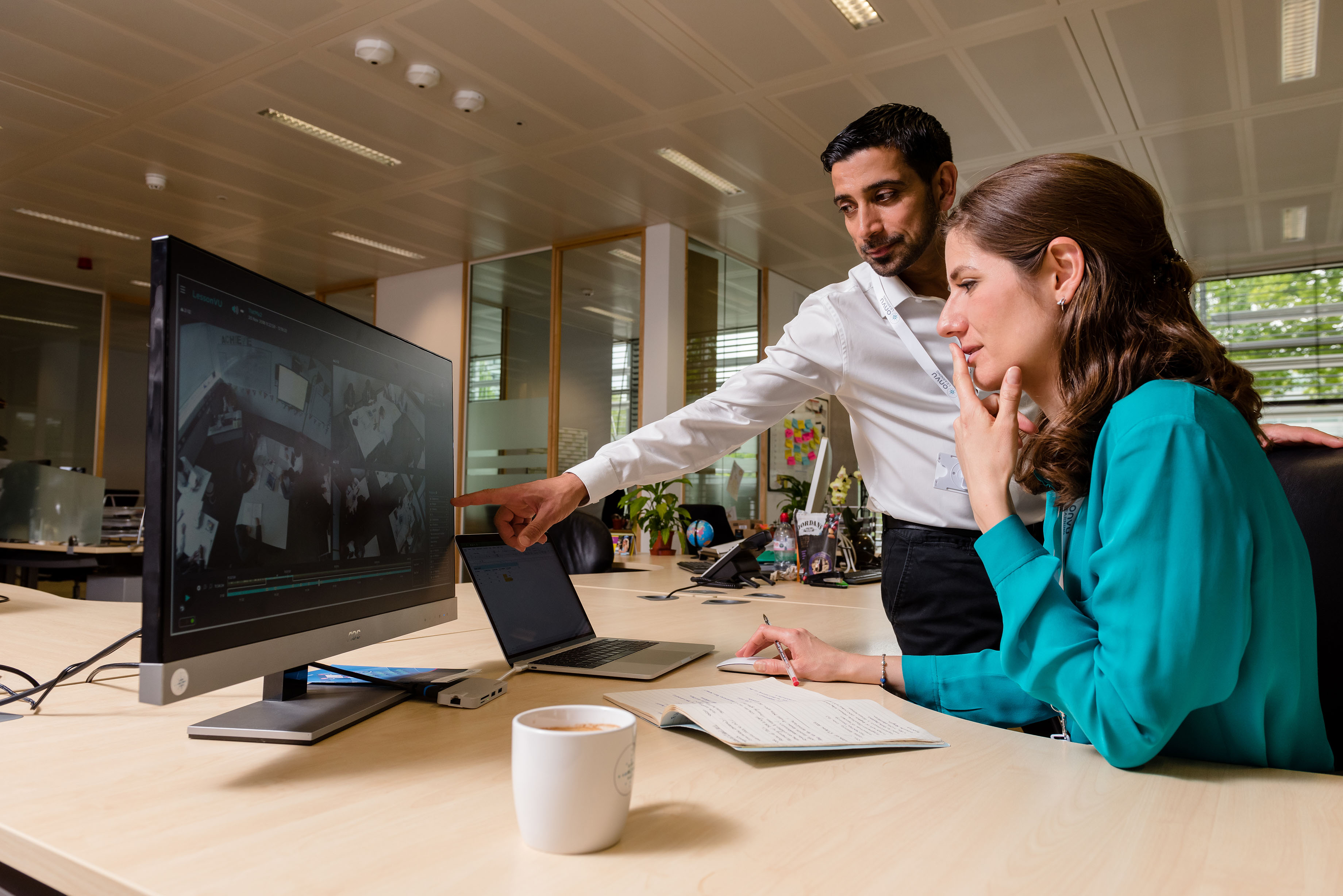- Blogs
- 2 Minute Read



A hugely controversial issue facing the education world currently is the return to schools – when should it happen, how to ensure student, staff and family safety and even how to get people to and from school are issues that are being hotly debated in many countries.
But that’s not what this blog is discussing.
Instead we’re focusing on when schools are eventually back, and asking how technology could help the ‘new normal’ we described in our last blog, with students in different year groups working from school or home and social distancing guidelines meaning that many of the usual activities at school cannot happen.
We’ve identified three key challenges and found some innovative solutions.
The ‘new normal’ will see the need for schools to manage pupils in different locations and working at different times – something that may become even more difficult if only certain year groups return to school but all teachers are needed to teach them in smaller groups.
Fortunately, there is an increasing amount of video and written learning material being produced that schools can use. In the UK, Oak National Academy is leading the way but we know of a number of other school trusts that are thinking of centralising their own content development. Schools should also be asking teachers to share and recommend any new sources that they have found while working remotely
The result of this should be an end in the short term to teachers producing a lot of new content, allowing them to focus instead on adapting it to the needs of their students. Teachers can then spend time working with smaller groups of students to ensure they understand and can apply new ideas.
With careful planning and a good learning management system, students will be able to continue to study the same curriculum whether in or out of school, as long as they have the right technology and support when they are not in school.
Assessment is important for all teachers to know whether it is time to move to a new topic, or whether children need more support, as well as testing longer term recall. However, the usual method of setting written tests can be problematic when people are in different places and it is difficult to know whether questions have been shared or extra help given by parents – or from online searching.
In some subjects, such as perhaps Art, open-ended tasks can be set, but in many exam systems there is also a focus on ‘getting things done’ in short time scales.
While the end of written assessment has been promised for many years (this 7-year-old article said paper exams would be gone ‘within a decade’), there are some signs that change is coming.
Medical students at Imperial College London took their final exams just before the Coronavirus lockdown while the including of artificial intelligence into online learning systems such as Century Tech mean that students can be continually assessed on an ongoing basis.
Many of the exciting things that bring students and staff together in a school, from clubs and sporting teams to large-scale productions will be challenging in the near future when it’s time to return to school. Assemblies will also be very difficult to arrange. This article from Primary School Management addresses some of these issues, suggesting that schools offer more ways of interacting with teachers through video platforms, and that there are more opportunities for collaborative student projects – using features such as Microsoft Teams’ ‘Class Notebook’ or just shared Google Docs – that go beyond academic study.
And there are also many innovative ways to bring people together to do creative things – the ‘BBC Lockdown Orchestra’ used technology to produce this amazing version of ‘You Got the Love’ – something many schools will be inspired by!

The School of the Future Guide is aimed at helping school leaders and teachers make informed choices when designing the learning environments of the future using existing and upcoming technologies, as they seek to prepare children for the rest of the 21st century – the result is a more efficient and competitive school.
KEEP IN TOUCH WITH ONVU LEARNING AND RECEIVE THE LATEST NEWS ON EDTECH, LESSON OBSERVATION, AND TEACHER TRAINING AND DEVELOPMENT.